Introduction
Welcome to the vibrant world of Rieger Begonias! Whether you’re a seasoned plant enthusiast or a budding gardener, these charming plants captivate with their beauty and versatility. In this concise guide, we’ll unravel the secrets of Rieger Begonia care, answering crucial questions about their ideal growing conditions, colors, and lifecycle. Get ready to dive into a brief yet comprehensive exploration, ensuring your journey with Rieger Begonias is as delightful as the blooms themselves. Let’s cultivate a thriving haven for these stunning plants together!
Rieger Begonia Care Overview
Indoor or Outdoor: Determining the Suitable Environment
Rieger Begonias are flexible companions, equally at home indoors or outdoors. If you’re looking to add a touch of nature to your living space, these begonias thrive as houseplants. For outdoor enthusiasts, they flourish in gardens, adding color to flower beds or hanging baskets. The key is to strike a balance, considering factors like light and temperature to create an environment where your Rieger Begonia can truly blossom.
Perennial or Annual: Understanding its Lifecycle
Are you planning for the long term or enjoying the beauty of the seasons? Rieger Begonias offer options. They can be perennial, returning year after year, or annual, gracing your space with vibrant blooms for a single season. Knowing this distinction helps you plan and care for these begonias accordingly, ensuring a continuous display of their unique charm.
Exploring Rieger Begonia Colors
One of the delights of Rieger Begonias lies in their diverse color palette. From soft pastels to bold and vibrant hues, these plants bring an array of shades to your garden or indoor space. Understanding the spectrum of colors available allows you to curate a visually appealing and harmonious arrangement. Get ready to explore the vivid world of Rieger Begonia colors and add a splash of nature’s beauty to your surroundings!
Rieger Begonias: Top 5 Varieties to Tango with Winter Blues
Tired of the winter’s icy grip on color? Let the vibrant pirouette of Rieger begonias whisk you away with their winter-blooming waltz! But amidst this floral kaleidoscope, choosing the perfect partner can be dizzying. Fear not, dear bloom-seeker, for we embark on a journey to unearth the top 5 Rieger varieties, each ready to set your indoor stage ablaze!
1. Elatior Begonia: The Classic Casanova
Imagine a lover awash in passion’s blush – that’s the Elatior Begonia. Its ruby reds, fiery oranges, and powdery pinks erupt in single or double blooms, each a 3-inch ode to romance. Its glossy emerald leaves, veined like love letters, offer a backdrop for this intoxicating display. From late fall to early spring, Elatior dances with relentless fervor, warming your heart long after the first frost.
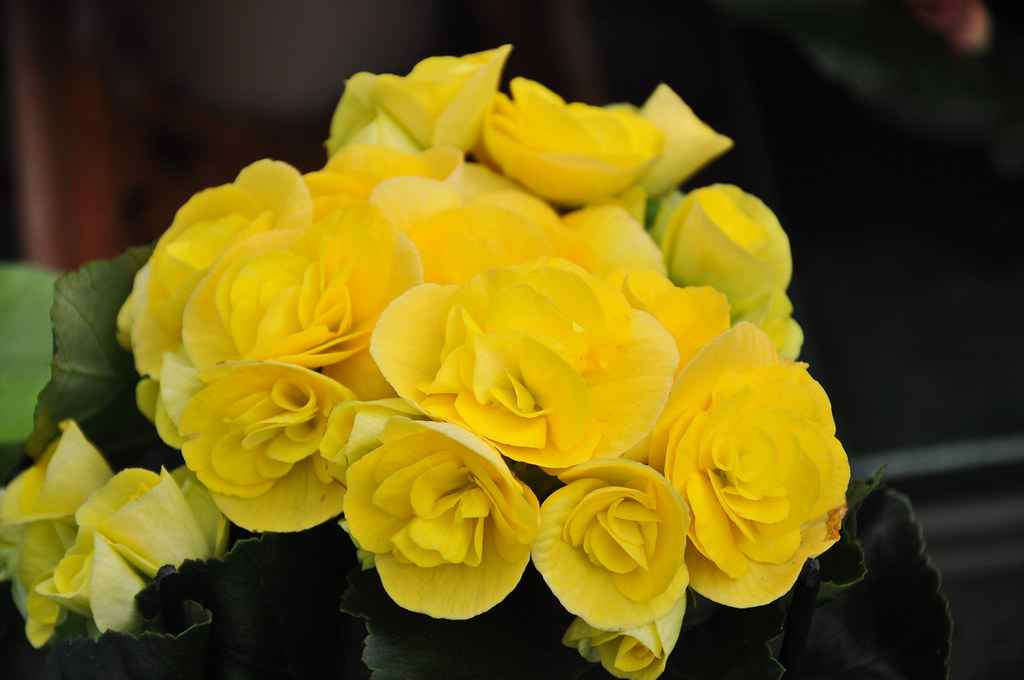
2. Solenia Begonia: The Sun-Kissed Siren
Craving a touch of tropical vibrancy? Solenia beckons with its coral reefs and apricot sunsets, often blending shades in a breathtaking bi-color tango. Unlike Elatior’s grandeur, Solenia twirls in a more petite waltz, perfect for intimate spaces. Yet, her blooms erupt with the same winter-long fervor, each ruffled petal catching the light like a captured sunbeam.
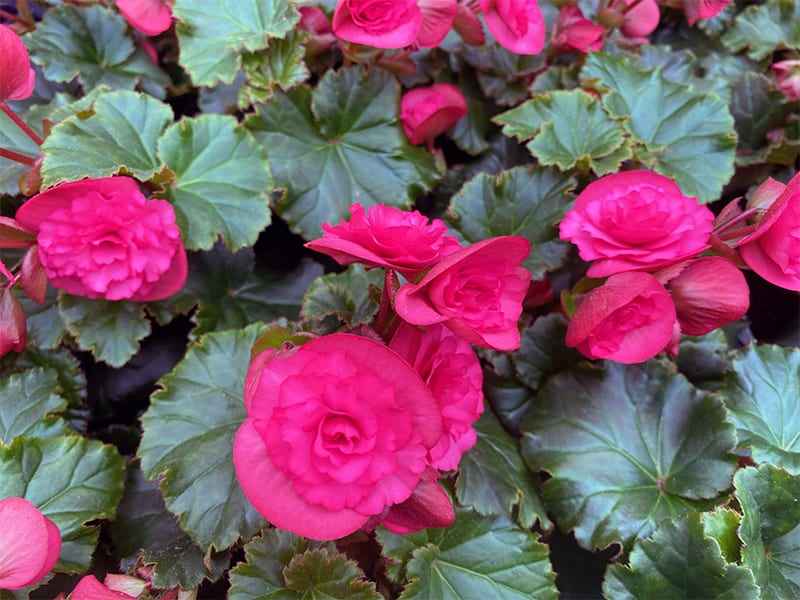
3. Amstel Begonia: The Bicolor Ballerina
Amstel waltzes in a dizzying array of double-bloom tutus, each layer whispering tales of contrasting love. Pink twirls with white, red tangoes with ivory, and orange and yellow weave a fiery duet. Her wavy petals add a touch of whimsical grace, each dance steps a testament to Amstel’s long-lasting devotion, blooming heavily from winter’s first snowflake to spring’s gentle thaw.
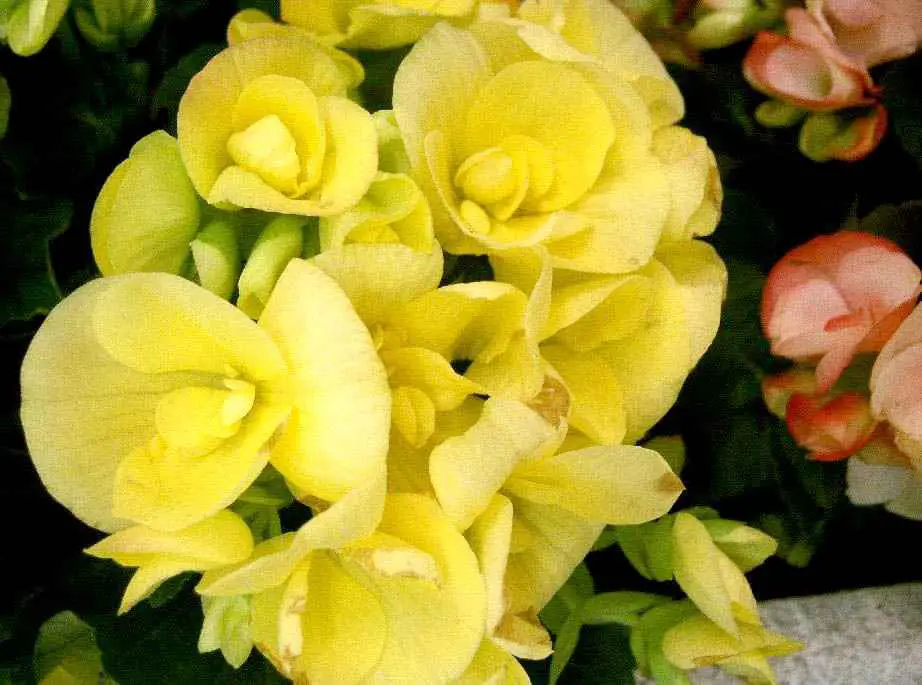
4. Ball Double Delight Begonia: The Picoteed Peacock
For those who love a touch of the unexpected, Ball Double Delight struts her stuff with picotee edges and contrasting centers, like brushstrokes of playful rebellion on her double-bloom fan. From classic pinks and reds to fiery oranges and sunshine yellows, she offers a palette as diverse as your whims. This mounding enchantress never tires of the winter waltz, her blooms cascading throughout the season like confetti at a joyous celebration.
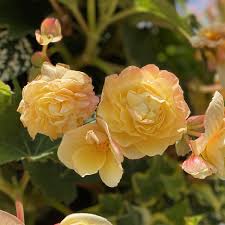
5. Fantasia Begonia: The Starry-Eyed Dreamer
For those who seek a touch of the ethereal, Fantasia whispers starlit secrets with her unique, star-shaped blooms. Pointed petals reach for the moon, each blossom a miniature celestial beacon in shades of pink, red, orange, and white. In some, bi-colors and picotee whispers add an air of mystery. This compact dreamer dances from winter’s dusk to spring’s dawn, her every starlit twirl a lullaby to the season’s slumber.
So, dear friend, let these 5 Rieger varieties be your guide to a winter ablaze with color. Whether you crave a classic tango, a sun-kissed serenade, or a starlit waltz, there’s a Rieger begonia waiting to pirouette into your heart. Choose your bloom, and let the winter blues fade away in the vibrant dance of their floral magic!
Rieger Begonia Care Overview
Indoor or Outdoor: Determining the Suitable Environment
Rieger Begonias are flexible companions, equally at home indoors or outdoors. If you’re looking to add a touch of nature to your living space, these begonias thrive as houseplants. For outdoor enthusiasts, they flourish in gardens, adding color to flower beds or hanging baskets. The key is to strike a balance, considering factors like light and temperature to create an environment where your Rieger Begonia can truly blossom.
Perennial or Annual: Understanding its Lifecycle
Are you planning for the long term or enjoying the beauty of the seasons? Rieger Begonias offer options. They can be perennial, returning year after year, or annual, gracing your space with vibrant blooms for a single season. Knowing this distinction helps you plan and care for these begonias accordingly, ensuring a continuous display of their unique charm.
Exploring Rieger Begonia Colors
One of the delights of Rieger Begonias lies in their diverse color palette. From soft pastels to bold and vibrant hues, these plants bring an array of shades to your garden or indoor space. Understanding the spectrum of colors available allows you to curate a visually appealing and harmonious arrangement. Get ready to explore the vivid world of Rieger Begonia colors and add a splash of nature’s beauty to your surroundings!
Growing Conditions
Light Requirements for Rieger Begonia
Rieger Begonias are not demanding when it comes to light. They prefer bright, indirect light, making them suitable for various indoor spaces. If you’re placing them outdoors, consider a spot with filtered sunlight to protect them from intense rays. Striking the right balance ensures your begonias thrive, showcasing their vibrant colors without the risk of sunburn.
Watering Guidelines
When it comes to watering Rieger Begonias, moderation is key. Keep the soil consistently moist but not waterlogged. Allow the top inch of soil to dry out between waterings. For indoor plants, use a saucer beneath the pot to catch excess water and prevent root rot. Outdoors, water early in the day to let the soil absorb moisture before the cooler evening.
Ideal Temperature and Humidity Levels
Rieger Begonias appreciate a comfortable environment. Keep them in temperatures between 60-75°F (15-24°C) for optimal growth. These plants also enjoy moderate humidity, making them adaptable to various climates. If you’re growing them indoors, consider occasional misting to mimic their natural habitat.
Choosing the Right Soil
Selecting the right soil ensures your Rieger Begonias receive the nutrients they need. A well-draining, lightweight potting mix with organic matter is ideal. Whether planting in containers or in the garden, good soil conditions contribute to a happy and healthy begonia. Aim for a slightly acidic to neutral pH for optimal results.
Understanding and implementing these straightforward growing conditions will set the stage for a thriving Rieger Begonia, making your gardening experience enjoyable and rewarding.
Fertilization
Selecting the Appropriate Fertilizer
Feeding your Rieger Begonias doesn’t have to be complicated. Opt for a balanced, water-soluble fertilizer with equal parts of nitrogen, phosphorus, and potassium. You can easily find this at your local garden center. When in doubt, choose a fertilizer labeled for flowering plants to support robust bloom development.
Frequency and Quantity
Moderation is the key to successful fertilization. During the growing season, which typically spans from spring to early fall, feed your Rieger Begonias every 4-6 weeks. Use a diluted solution according to the package instructions. Remember, it’s better to under-fertilize than overdo it, as excessive nutrients can harm these resilient plants.
Fertilizing your Rieger Begonias provides the necessary nutrients for healthy growth and vibrant blooms. Keep it simple, and your begonias will reward you with a stunning display of colors throughout the growing season.
Pruning Techniques
Importance of Pruning
Pruning your Rieger Begonias is like giving them a refreshing haircut. It promotes bushier growth, enhances air circulation, and keeps the plant in a tidy shape. Regular pruning also helps remove dead or yellowing leaves, preventing the spread of diseases. Plus, it encourages the development of new buds, ensuring a continuous supply of beautiful blossoms.
Pruning Guidelines for Rieger Begonia
Start by using clean, sharp scissors or pruning shears. Trim back any leggy or overly long stems, cutting just above a leaf node. This encourages branching and fuller growth. Remove any damaged or discolored leaves to maintain the plant’s overall health. Don’t be afraid to shape your begonia to your liking, but always aim for a natural and balanced appearance.
Pruning is a simple yet effective way to keep your Rieger Begonias looking their best. With a little regular attention, you’ll enjoy a well-maintained and flourishing display of these charming plants.
Propagation Methods
Overview of Rieger Begonia Propagation
Propagating your Rieger Begonias is an exciting way to expand your collection or share these delightful plants with friends. There are two primary methods: stem cuttings and seeds.
Steps for Propagating Rieger Begonias
- Stem Cuttings:
- Select a healthy, non-flowering stem with at least two leaves.
- Cut the stem just below a leaf node, using clean scissors or pruning shears.
- Remove the lower leaves to expose the node.
- Plant the cutting in a moist, well-draining potting mix.
- Keep the soil consistently damp until roots develop, usually in a few weeks.
- Propagation from Seeds:
- Collect seeds from mature Rieger Begonia seed pods.
- Sow the seeds in a seed tray filled with a light potting mix.
- Press the seeds gently into the soil surface, avoiding burying them too deep.
- Maintain consistent moisture, covering the tray with plastic to create a humid environment.
- Once seedlings emerge, transplant them into individual pots.
Propagation allows you to create new Rieger Begonias with the same charm as the parent plant. Whether you choose cuttings or seeds, it’s a rewarding process that adds a personal touch to your gardening experience.
Caring for Established Plants
Watering Strategies
Once your Rieger Begonias are established, maintaining a consistent watering routine is crucial. Keep the soil evenly moist, but be cautious not to overwater, as soggy conditions can lead to root rot. Outdoor plants may require more frequent watering during hot, dry spells, while indoor plants benefit from allowing the top inch of soil to dry out between waterings.
Light Requirements for Mature Plants
For established Rieger Begonias, continue providing bright, indirect light. If grown indoors, consider rotating the pots occasionally to ensure all sides of the plant receive adequate light. Outdoor plants should be placed in areas with filtered sunlight, protecting them from harsh afternoon rays.
Fertilizing Established Rieger Begonias
Maintain a consistent feeding schedule for mature begonias. Apply a balanced, water-soluble fertilizer every 4-6 weeks during the growing season. Adjust the quantity based on the size and vigor of your plants. Remember, moderation is key to preventing nutrient imbalances.
Managing Humidity and Temperature
Keep an eye on the environmental conditions. Rieger Begonias prefers moderate humidity, and occasional misting can help create an ideal atmosphere. Temperature-wise, aim to keep them in the 60-75°F (15-24°C) range for optimal growth and flowering.
Caring for established Rieger Begonias involves maintaining the practices that encouraged their initial growth. With a consistent approach to watering, light, fertilization, and environmental conditions, you’ll continue to enjoy the beauty of these charming plants throughout their lifecycle.
Potting and Repotting
Choosing the Right Potting Soil
Selecting the proper potting soil is essential for the health and vitality of your Rieger Begonias. Opt for a well-draining mix that retains moisture without becoming waterlogged. A lightweight potting mix with added organic matter is ideal. Ensure the pH is slightly acidic to neutral, providing the optimal conditions for root development and nutrient absorption.
Repotting Guidelines
As your Rieger Begonias grow, occasional repotting may be necessary to provide them with fresh nutrients and space for expansion. Here’s a simple guide:
- Choose the Right Time: Spring is an excellent time for repotting, coinciding with the beginning of the growing season.
- Select a Larger Pot: Choose a container that is 1-2 inches larger in diameter than the current one to allow for growth.
- Gently Remove the Plant: Carefully take the begonia out of its current pot, being mindful not to damage the roots.
- Inspect and Trim Roots: Trim any damaged or excessively long roots, promoting healthy root development.
- Add Fresh Potting Mix: Fill the new pot with fresh potting mix and place the begonia in the center.
- Water and Settle: Water the plant thoroughly to settle the soil, and place it in its desired location.
By providing the right soil and periodically repotting, you ensure that your Rieger Begonias have the best possible environment for sustained growth and blooming.
Dealing with Pests and Diseases
Identifying Common Pests
Keeping your Rieger Begonias free from pests is crucial for their well-being. Here are some common pests and simple ways to identify them:
- Aphids: Small, soft-bodied insects usually found on the undersides of leaves.
- Spider Mites: Tiny pests causing stippling and webbing on leaves.
- Mealybugs: Small, cotton-like insects often found in leaf axils and along stems.
Recognizing and Treating Diseases
- Powdery Mildew: Identified by a powdery white substance on leaves. To treat, remove affected leaves and ensure proper air circulation.
- Root Rot: Caused by overly soggy soil. Ensure proper drainage and reduce watering if detected.
- Botrytis Blight: Recognized by brown spots and fuzzy growth. Prune affected areas and improve air circulation.
Prevention Tips
- Regular Inspection: Keep an eye on your plants, especially the undersides of leaves, for any signs of pests or diseases.
- Neem Oil: Apply neem oil as a preventive measure against common pests. It acts as a natural deterrent.
- Good Air Circulation: Ensure proper ventilation around your begonias to discourage the development of fungal diseases.
Conclusion
In conclusion, caring for Rieger Begonias is a delightful journey that rewards you with a burst of colors and natural beauty. By understanding their preferences and following simple guidelines, you can cultivate these charming plants with ease.
Remember to:
- Provide Adequate Light: Whether indoors or outdoors, Rieger Begonias flourish in bright, indirect light.
- Moderate Watering: Maintain consistently moist soil, avoiding overwatering to prevent root rot.
- Balanced Fertilization: Use a balanced, water-soluble fertilizer during the growing season, ensuring a steady supply of nutrients.
- Regular Pruning: Trim back stems to promote bushier growth, remove dead leaves, and encourage continuous blooming.
- Propagate with Care: Expand your begonia family through stem cuttings or seeds, adding a personal touch to your garden.
- Potting and Repotting: Choose well-draining soil and periodically repot to support healthy growth.
- Vigilance Against Pests and Diseases: Regularly inspect for common pests, treat promptly, and employ preventive measures.
By incorporating these simple practices into your gardening routine, you’ll create an environment where Rieger Begonias thrive. Whether you’re a seasoned gardener or just starting, the joy of cultivating these beautiful plants is accessible to all. Enjoy the process and the vibrant rewards that come with nurturing Rieger Begonias in your garden or indoor space. Happy gardening!

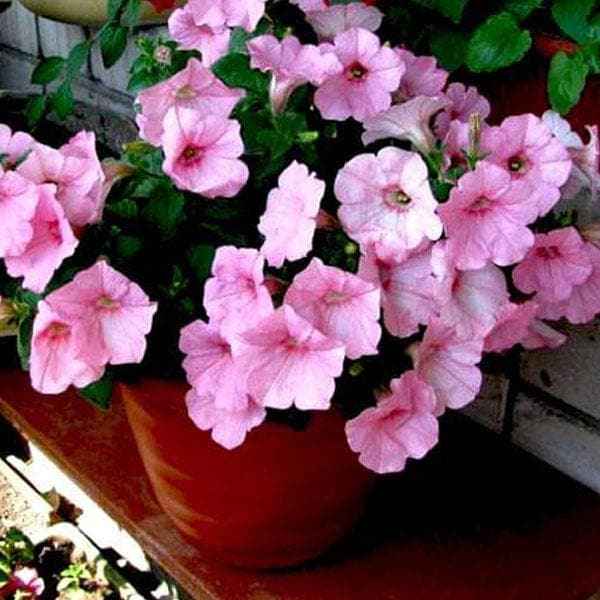


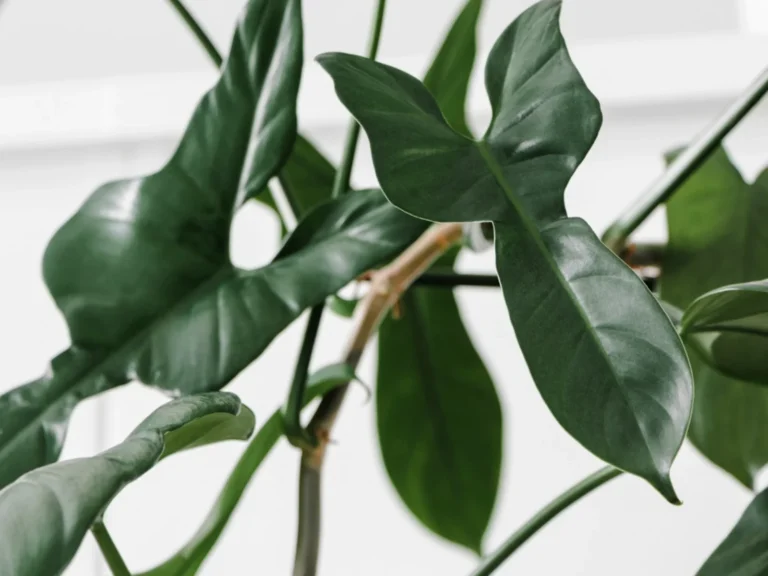

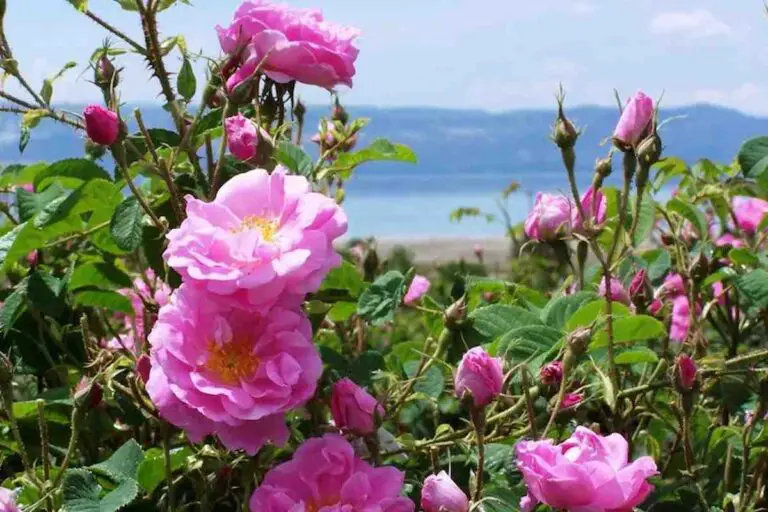

Заказать двери на заказ в Москве
Изготовление дверей на заказ по индивидуальным размерам
Как выбрать дверей на заказ
Материалы и цвета дверей на заказ
Двери на заказ: доставка и монтаж дверей на заказ
Какие двери на заказ лучше выбрать? варианты дверей на заказ
Шпонированные двери на заказ: преимущества и недостатки
Металлические двери на заказ: надежность и безопасность
Двери на заказ с декоративным покрытием
Двери в квартиру и дачу [url=https://www.mebel-finest.ru]https://www.mebel-finest.ru[/url].
Outstanding feature